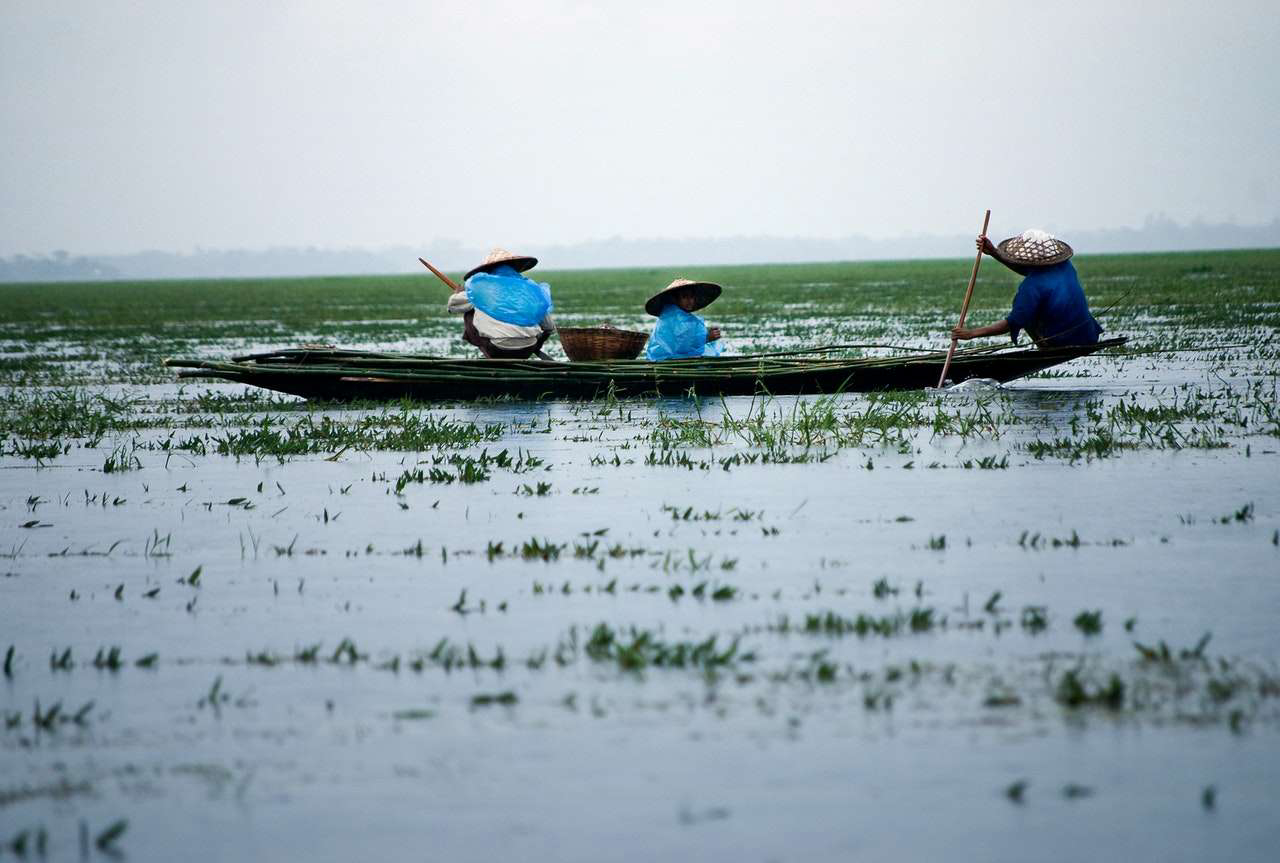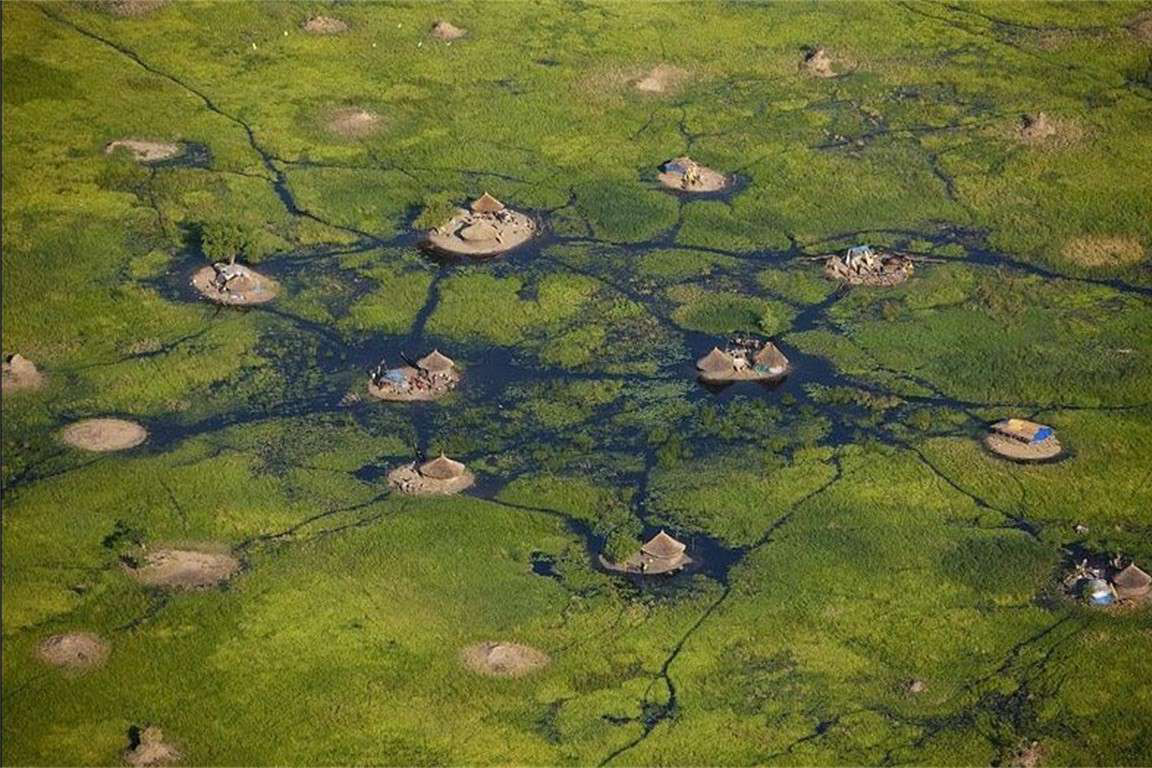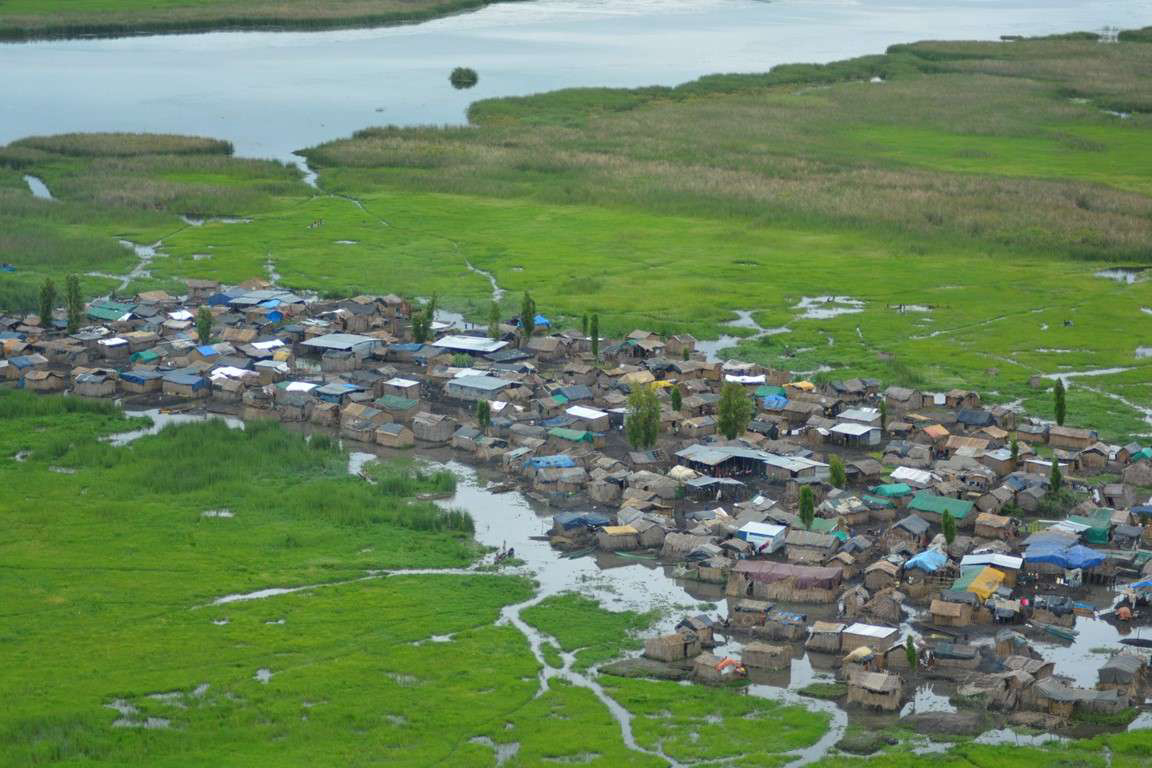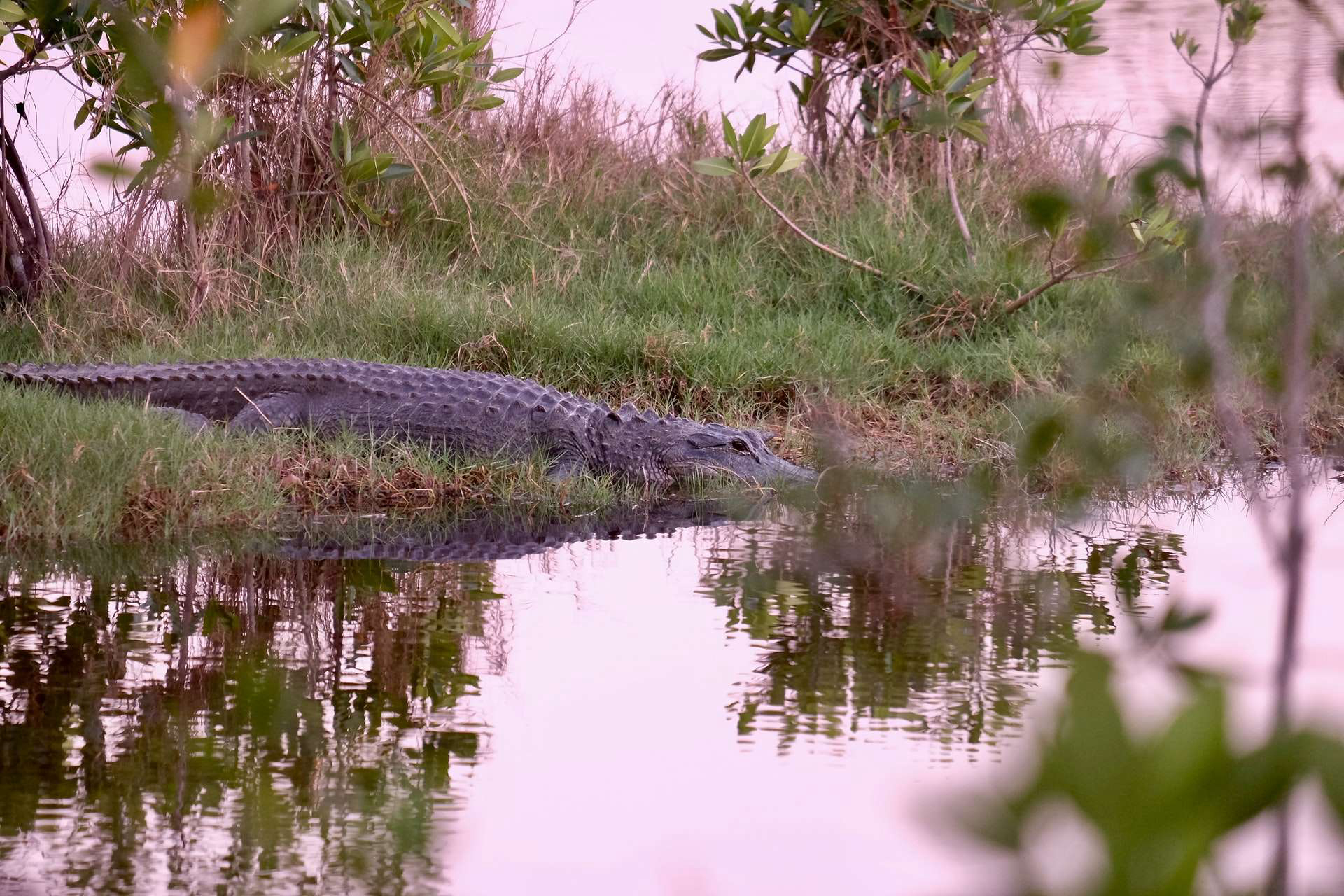
Water and wetlands are noted in an inseparable co-presence that is essential for human existence and health of our planet. To create awareness about these wetlands, we celebrate World Wetlands Day every year on 2 February. The theme for the year 2021 draws attention to wetlands as a source of freshwater and encourages actions to restore them and stop their loss. Our world is confronting a freshwater crisis that threatens people and our planet, and the 2021 campaign highlights the contribution of wetlands to the quality of freshwater on Earth.
Each year, World Wetlands Day is celebrated on 2 February to raise awareness about the crucial role of wetlands for people of our planet. This day similarly marks the date of the adoption of the Convention on Wetlands on 2 February 1971, in the Iranian city of Ramsar on the shores of the Caspian Sea. It is extremely significant to conserve the wetlands because they deliver many gifts to us. Wetlands are important for water quality improvement, shoreline erosion control, natural products for human use, food and habitat for wildlife, and opportunities for education and research. There are many vast and beautiful wetlands in the world, and some of them provide picturesque sceneries along with the significance of biodiversity in those wet regions. All the wetlands are different from each other, even after they generally have a relatively similar geographical structure, and below are 5 of the most beautiful wetlands on Earth. Each of these wetlands has its unique features which make these incredible natural phenomena extremely intriguing.
1. The Pantanal (Brazil)

This beautiful wetland is spanned across 42 million acres, and it is the largest tropical wetland in the world. It sprawls across 3 South American nations, Bolivia, Brazil, and Paraguay, and supports millions of people there, and communities in the lower Rio De la Plata Basin. This pristine region is also the world's largest flooded grasslands. Various ecosystems exist at the Pantanal, each with distinct hydrological, geological and ecological characteristics, and up to 12 of them have been defined till now.
2. Sudd (South Sudan)

Sudd is a tropical wetland with numerous ecosystems scattered across 57,000 km. From magnificent open water and submerged vegetation to floating fringe vegetation and river-fed grasslands, everything can be seen at Sudd. The Sudd is also known as the Bahr Al Jabal, mysteriously signifying Sea of the Mountain in Arabic, the Sudd stretches from Mongalla to just outside the Sobat confluence with the White Nile upstream of Malakal as well as westwards along with the Bahr Al Ghazal.
3. Sundarbans (Bangladesh / India)

The name Sundarbans can be translated as beautiful forests in Bengali, but it is mostly named after the Sundari trees that grow in this region, spanning over 10,000 square km of land. Approximately a quarter of this stunning wilderness is just water. Numerous species of birds and animals are found in this region, and the wetland is similarly home to predators like Bengal tigers and saltwater crocodiles. Unlike any other habitats, here tigers live and swim among the mangrove islands, where they hunt and prey in the wet woods of the Sundarbans.
4. Kafue Flats (Zambia)

The Kafue National Park is a unique wetland covered with lagoons, swamps, grasslands, marshes and seasonal floodplains, flooded to a depth of less than a meter in the rainy season and drying out in summers. Kafue Flats has spanned over 6500 km and it is one of the major wetlands in Zambia and is incredibly significant for fishing, wildlife, sugarcane farming, cattle grazing and the production of hydro-electric power. An antelope named Kafue Lechwe is specialised for living on this marshy land. Zebras are also the other major species or large mammal to be found in the region along with wildebeest, hippos and kudos.
5. Everglades (USA)

Everglades is considered as one of the most significant wetlands in the entire world. This wetland is a vast, shallow slow-moving river of grass. Everglades is situated at the state of Florida, USA, and except its deeper territories, this land is almost dry in summer seasons, and it is spread across 20,202 km. The south Asian native, the Burmese python competes with the largest reptile in North America, the American Alligator, at the Everglades. Also, there are numerous habitats of over 20 distinct species of birds and hundreds of other species as well.
____________________________
Reference:
- www.worldwetlandsday.org
- www.nationalgeographic.org
- www.wikipedia.org
